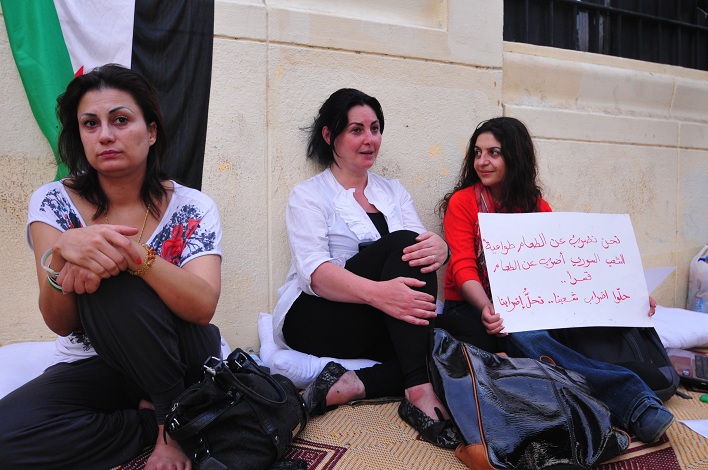
Hassan Ibrahim / DNE
More than 40,000 Syrians currently live in Egypt, according to a new report. According to the statement released by the United Nations High Commissioner for Refugees (UNHCR), most Syrian refugees and asylum seekers in Egypt live in 6th of October City, Al-Haram, Faysal, Al-Obour, Nasr City, and Al-Rehab City.
However, only a small fraction of those seeking refuge in Egypt have registered with the UNHCR, which has seen a recent spike in requests with 3,767 registered by 1 October.
General trends indicate a high percentage of Syrian refugees in Egypt come from Homs, although the UNCHR indicated that escalation of violence in Damascus has led to an increase of Syrians coming from the country’s capital.
Most flights from Syria have been fully booked, and many others arrive to Egypt after fleeing to Lebanon by road.
The UNCHR has conducted mobile registration in different areas of Cairo and Alexandria where a high presence of Syrians currently exists. A permanent presence will be established at the All Saints Cathedral in Zamalek by mid-October.
Although Egypt does not require entry visas for Syrians and grants them a grace period of three months before registering their stay, many have had difficulty receiving official work permits. However, most Syrians working in Egypt have managed to do so through Egypt’s large informal economy.
According to the report, roughly 30 per cent of Syrian refugees in Egypt are of school age and an additional 15 per cent are university age.
In his address to the Arab League, President Mohamed Morsy had assured refugees that “Syrian students will be treated like Egyptian students.” However, resulting policy for educating Syrians has been very limited.
Various refugee groups continue to work with public schools to devise methods to enroll Syrians into Egyptian schooling. Minister of Higher Education, Mostafa Mosaad, has facilitated university admission for Syrian students.
The refugee agency said that with the current trend, it expected between 10,000 and 12,000 will register by the end of the year. If the trend holds, the agency may have to expand the current program it has in place to support refugees and asylum seekers, as it estimates that an expansion of services will have to take place when the number of registered Syrians falls between 10,000 and 20,000.


